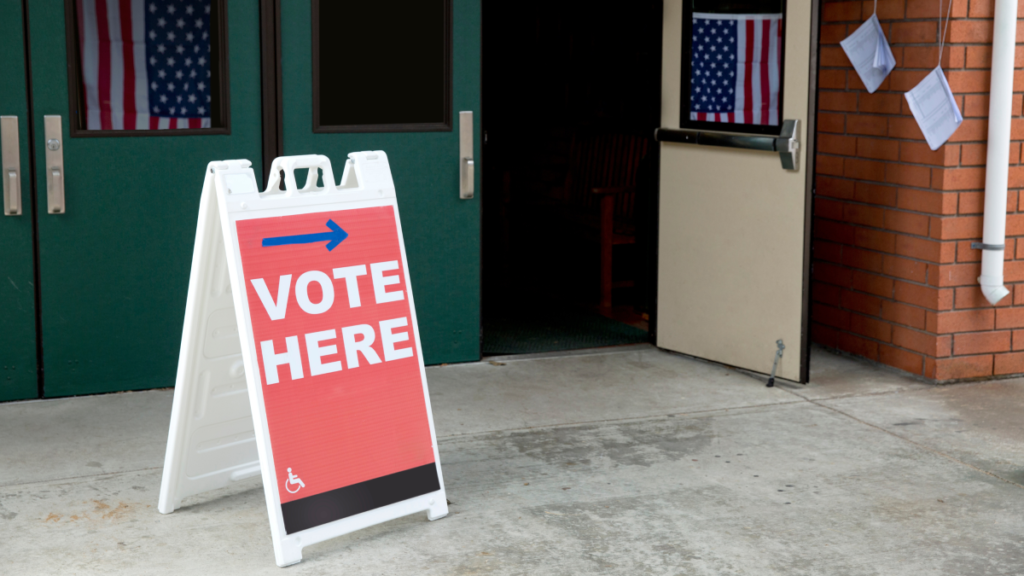The 2024 presidential election is approaching rapidly, with only eight days left until voters head to the polls. Current national polling indicates a fiercely competitive race between Vice President Kamala Harris and former President Donald Trump, with the margins remaining exceedingly tight. Aggregated data from prominent polling sources—Silver Bulletin, FiveThirtyEight, and the New York Times—illustrate a scenario where Harris holds a slim lead in the national popular vote, albeit by less than two percentage points. These statistics fall well within the margin of error, suggesting that outcomes could sway in either direction depending on voter turnout and engagement.
The situation intensifies when examining key swing states, which could ultimately decide the election’s victor. Polling averages from the seven battleground states, as reported by Silver Bulletin, FiveThirtyEight, and the New York Times, reflect a highly competitive landscape, characterized by close contests in states like Nevada, Arizona, Wisconsin, Michigan, Pennsylvania, North Carolina, and Georgia. The numbers indicate that voters are split in crucial areas, and neither candidate has managed to establish a definitive advantage. Notably, Trump’s performance in states like Arizona and Georgia suggests considerable support, yet Harris maintains competitiveness in states that are essential for securing her base.
Wisconsin, Michigan, and Pennsylvania form what is often referred to as the Blue Wall for Democrats, indicating their historical significance in elections. The results from these states should be closely monitored, as they have proven pivotal in previous elections. In 2016, Trump successfully flipped these states in his favor, contributing to his electoral victory. Conversely, in 2020, Biden revived Democratic momentum by reclaiming these territories, with Pennsylvania being the linchpin for his win. These states hold immense electoral power, and any shifts in voter sentiment here could shift the entire electoral landscape.
While the swing-state polling trends suggest potential pathways for both candidates, they highlight that Trump could secure a win in the Electoral College according to both Silver Bulletin and FiveThirtyEight models. Meanwhile, the New York Times’ data indicates a potential victory for Harris. It’s imperative to note that these polling averages are not definitive projections. They merely represent a snapshot of the current political climate based on collected data leading up to Election Day.
The role of voter mobilization cannot be overstated in this close race. With Election Day fast approaching, both campaigns are likely to ramp up their efforts to engage and galvanize their bases, knowing that every vote will matter significantly. Harris’s key strategy will probably focus on the preservation and expansion of the Democratic voter base in the Blue Wall states, leveraging the lessons learned from the last two election cycles. Trump, on the other hand, may aim to strengthen his brand in traditionally red states and capitalize on any public sentiment that favors change or challenges to the status quo.
Finally, the imminent date of the election serves as a reminder of the unpredictable nature of politics. While polls provide valuable insights into voter preferences, they cannot account for late-breaking developments or shifts in public sentiment that could emerge in the final days of campaigning. Ultimately, the true measure of the election outcome will come from the actual votes cast by the electorate, which will determine whether Harris can maintain soft momentum or if Trump can regain territory lost in previous elections. Thus, both camps remain energized and exceptionally vigilant as they push forward into this critical final stretch.

